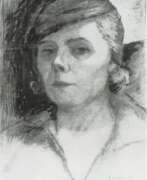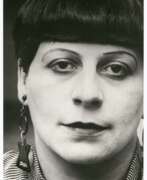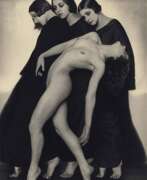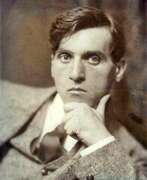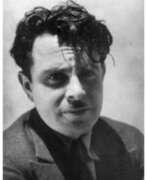Nude art Constructivism
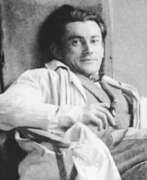

Marc Sigizmundovich Sterling (Russian: Марк Сигизмундович Стерлинг) was a multifaceted artist whose work spanned various genres and styles. His nationalities are diverse, reflecting affiliations with Germany, Russia, Ukraine, France, Switzerland, and the Russian Empire, showcasing a life lived across different cultures.
Marc Sterling's artistic endeavors included painting, engraving, and graphic art, with his talents extending to landscape and portrait painting. He was part of significant art movements and groups such as La Ruche, Salon d'Automne, and the School of Paris, indicating his active participation in dynamic artistic communities. His art, which embraced genres like flower still lifes, landscapes, and portraits, showcased a blend of Constructivism, Realism, and Synthetic Cubism, utilizing techniques ranging from engraving to oil painting.
For art collectors and experts, Marc Sterling's work offers a glimpse into the rich tapestry of 20th-century art, characterized by its diverse influences and innovative expressions. His contributions to the art world are reflected in his varied body of work, which continues to attract interest at art auctions and among collectors.
To delve deeper into the world of Marc Sigizmundovich Sterling and explore his creations, one can visit auction archives and collections that feature his work, providing insights into his artistic journey and the legacy he left behind in the realms of painting and graphic arts.
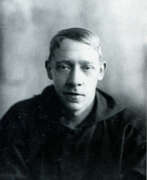

Vladimir Evgrafovich Tatlin (Russian: Владимир Евграфович Татлин) was a pioneering Russian and Soviet avant-garde artist, architect, and designer, celebrated for his innovative contributions to modern art, sculpture, and architecture. Born in Moscow, Tatlin's work transcended traditional boundaries, blending art with technology and ideology in a way that was revolutionary for his time. His dedication to merging functional design with artistic vision marked him as a key figure in the Constructivist movement, which sought to apply art to practical and social purposes.
Tatlin is best known for his ambitious but never-realized project, the Monument to the Third International, commonly referred to as Tatlin's Tower. This monumental structure, intended to serve as the headquarters for the Comintern in Petrograd, symbolized the utopian aspirations of the Soviet Union in the early 1920s. The tower's design, featuring a spiraling iron frame reaching 400 meters in height, embodied the avant-garde's commitment to innovation and the belief in art's power to shape a new societal order. Though it remained unbuilt, the tower's visionary design continues to influence architects and artists worldwide.
Beyond Tatlin's Tower, his contributions to the world of art include significant works in painting and sculpture. His approach to material and form, particularly his counter-reliefs, challenged traditional artistic conventions and opened new avenues for exploration in modern art. Tatlin's legacy extends to educational realms as well, where his tenure at the Moscow Vkhutemas (the Higher Art and Technical Studios) helped shape a generation of artists and designers. His works are preserved in major museums and galleries around the globe, serving as a testament to his enduring influence on culture and art.
For collectors and experts in art and antiques, Vladimir Tatlin's oeuvre represents a pivotal moment in the evolution of modernist expression. His innovative spirit and radical designs continue to inspire and provoke. If you wish to stay informed about new discoveries, sales, and auction events related to Vladimir Evgrafovich Tatlin, we invite you to sign up for our updates. This subscription is an excellent opportunity for enthusiasts and collectors to stay ahead in the dynamic world of art and antiques.


Walter Wahlstedt was a German constructivist painter, trained as an artist at the School of Applied Art in Hamburg. Already in the early 1920s he was creating constructive cubist linocuts. He also drew cityscapes and portraits. And in 1922 the Kunsthalle Hamburg acquired a painting by the young artist.
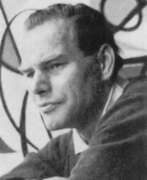

Hans Werdehausen is a German expressionist painter.
Werdehausen is a vivid representative of the new wave of postwar art. In 1948 he co-founded the group "Young West", later joined the Association of German Artists, and in 1955 - the Association of West German Artists.
Hans Werdehausen's individual style of painting combines expression, abstraction, constructivism and cubism.
